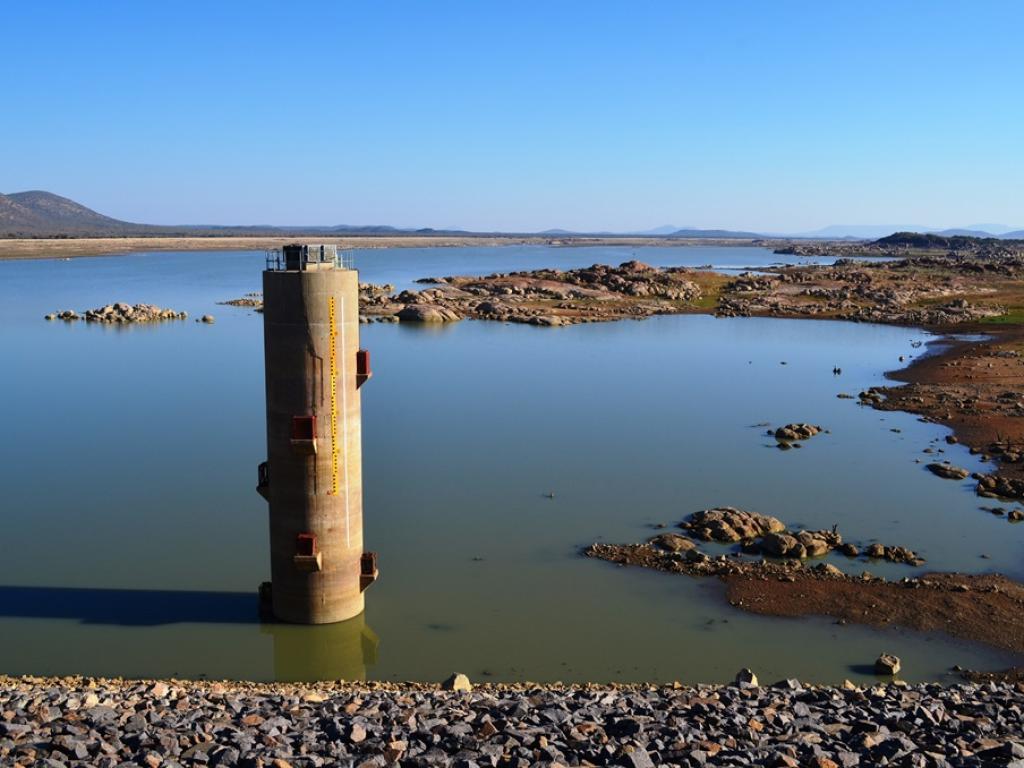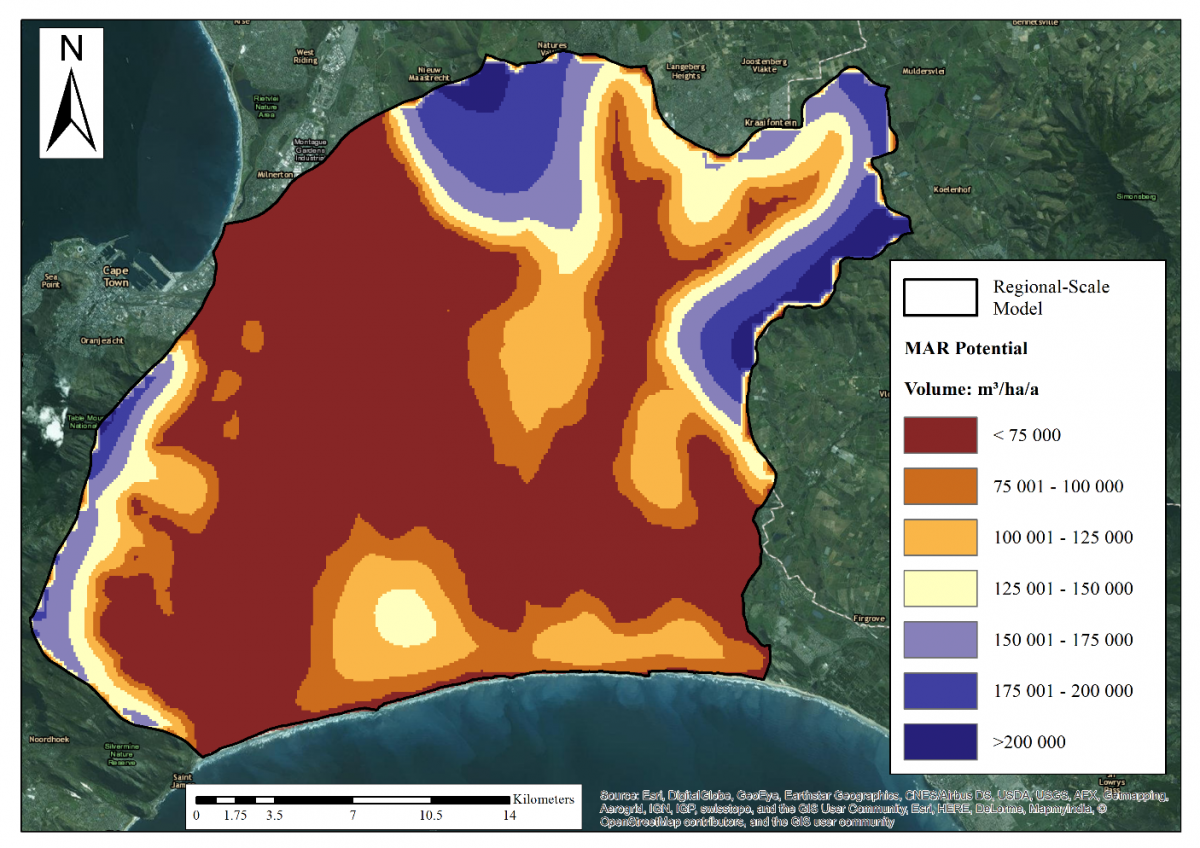Future water options from within the Cape Flats Aquifer: poorly understood risks

By Dr. Kevin Winter
University of Cape Townâs Future Water Institute
Cape Townâs pre-winter rainfall cannot come quickly enough in this drought stricken region. Since 2015 records show a below average rainfall for the southern Cape which has result in a reduced storage capacity of the major dams supplying the City of Cape Town, together with some smaller towns and the agricultural sector. The succession of droughts since 2000 is now a familiar occurrence. This is the third drought since 2000 â we have been here before. The reality is that an over reliance on surface water supply, treated to potable standards, is longer sustainable in meeting the total water demand. The drought has sent a clear message that is prompting water resource managers to consider a range of options that will augment the supply on and above the Western Cape Water Supply Services that sets out plans for the next 15 years. Cape Town will continue to be vulnerable to water scarcity largely due to its excessive reliance on stressed surface water resources, urbanisation, population growth, increasing water demand and climate change to name a few core elements that impact on the water resource system.
One water resource option, perhaps the lowest hanging fruit that is immediately available, is to abstract water from the underground that is stored in the Cape Flats Aquifer (CFA) for the common good. There is nothing new in this suggestion. At least 40 years of research exists on this subject, although the science of managing the process and risks to the integrity of natural wetland and surface systems is not well understood. While researchers tend to agree that the potential water yield from the CFA is approximately 20 Mm3 per annum, a mere 5% of total bulk water allocated to the City, it is uncertain exactly how an abstraction programme would affect surface systems and ecosystems. Researchers generally conclude that the CFA is a valuable resource, however the ecological risks have received less attention. If the aquifer becomes actively managed through recharge and flood control, and is used as âfit for purposeâ water resource, then the ecological risks will need to be understood and the implications for supporting and improving ecological services within the city. Tensions immediately arise that raise legitimate concerns about the ability to managing systems within the constraints of natural biophysical processes. Dare we try?
New research is suggesting that it is possible to manage the recharge of the aquifer not only to improve the groundwater storage capacity, but to reduce the flooding in low lying areas that occur every winter during the rainfall season. Recent research by a UCT PhD student, Ben Mauck, shows that water could be abstracted from selected parts of the CFA during the winter at a maximum rate of 5 âs-1 while at the same time ensuring that groundwater levels do not recede to below 1.5 m below the surface. If these models are correct then it might be possible to do two things: draw water to surface, and transfer this water to wetlands and detention ponds for use during the summer; and also to draw sufficient water during the pre-winter rainfall period from low lying areas to reduce the potential for flooding. These models also show that it is possible to inject or infiltrate water from urban stormwater or treated wastewater into the CFA to double the yield by a further 18 Mm3 which would extend the overall yield to nearly 40 Mm3. In theory, a Managed Aquifer Recharge (MAR) could augment non-drinking water requirements. A map of the storage capacity of the CFA shows that the highest volume of storage capacity is found in the northern parts of the CFA followed by areas such as Philippi and Mitchells Plain (Figure 1). Injecting stormwater to selective regions within the CFA would require a substantial investment in new infrastructure.

Figure 1: MAR potential for the Cape Flats Aquifer (B. Mauck, 2017)
The drought has prompted a welcome urgency to examine alternative water options. In turning to the CFA as one possible source, researchers are recognising the whole of the CFA as a complex wetland system. There is potential to manage the recharge and to extract water in a managed aquifer approach, but the impact on surface water systems and ecological services requires further research and analysis. There is opportunity and risk that must be understood and it must begin with research that is able to understand ground- and surface water interactions within strategic regions of CFA and across the city.